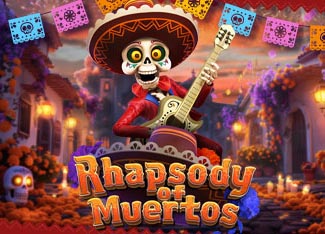































GGBET303: Link Situs Slot Gacor Resmi 2026 dan agen Slot88 Terpercaya!
GGBET303 hadir untuk kamu yang mencari akses link resmi Slot88 dengan ekosistem stabil, antarmuka ringan, dan promo yang realistis. Melalui link GGBET303 2026, kamu bisa daftar akun Slot88 resmi dalam hitungan menit, login 24 jam, dan menikmati event jackpot langsung serta bonus new member besar yang menambah napas permainan. Untuk membantu penyusunan strategi, halaman ini menghadirkan RTP live Slot88 2026 hari ini, referensi jam hoki slot malam ini, dan pola slot gacor terkini sebagai informasi edukatif (bukan jaminan menang). Akses tetap mulus berkat link alternatif GGBET303 anti blokir, transaksi cepat via QRIS, e-wallet, pulsa, dan transfer bank, serta dukungan CS profesional 24/7 membuat GGBET303 agen Slot88 terpercaya layak jadi pilihan utama pemburu cuan yang menginginkan pengalaman harian yang konsisten dan aman.















































































